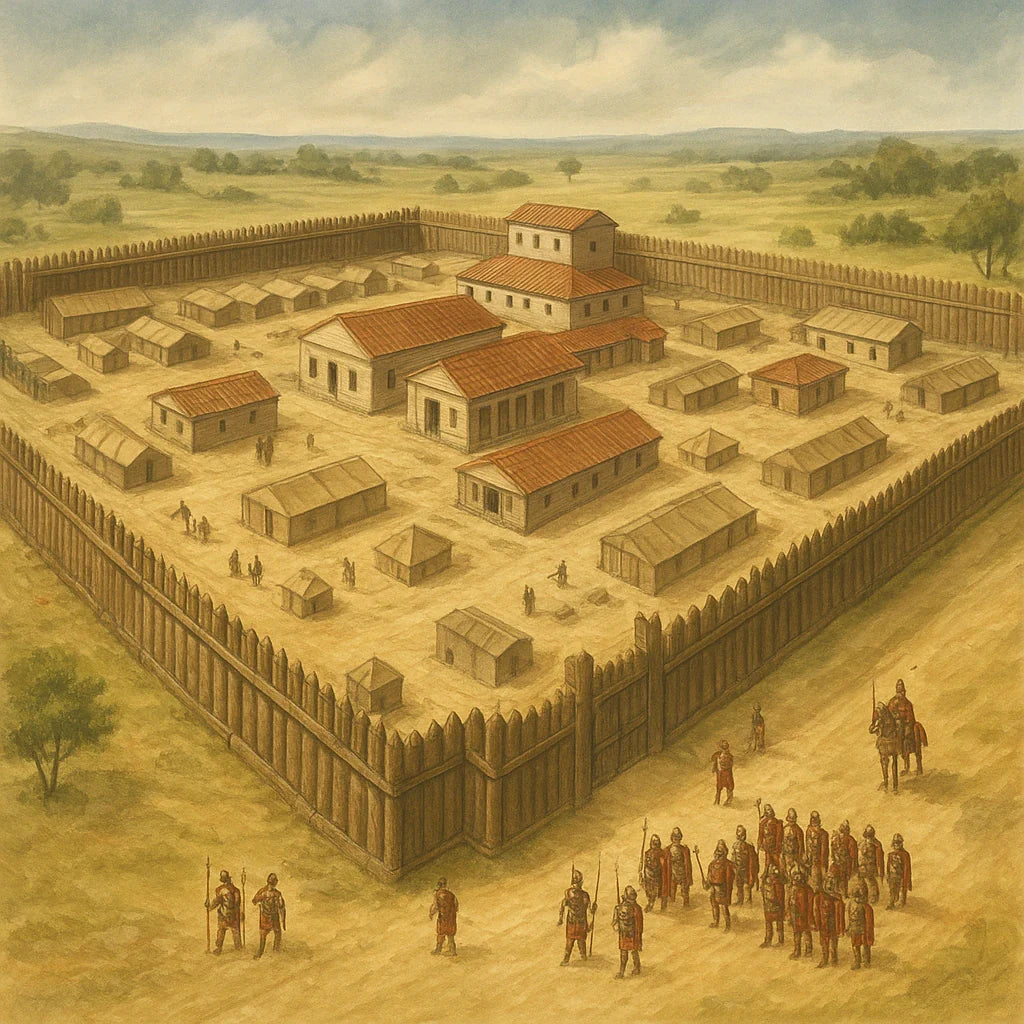Vikings have captured the imagination of historians and the general public for centuries, but their image as fierce warriors is only part of their complex society.
Below, we explore fascinating facts about his life, culture, and legacy.
Writing system
The Vikings used a writing system called runes, known as the Futhark. This consisted of symbols engraved in stone, wood, or metal, used for short messages, magical inscriptions, and commemorations.
Runes served not only as a means of communication, but also as a tool of protection or ritual, reflecting their blend of pragmatism and spiritual beliefs.

Livelihoods
Although known as raiders, most were farmers, fishermen and merchants.
Their society was highly organized, with clearly defined roles and international trade that reached from Russia to the Mediterranean.
In addition, they raised animals such as horses, dogs and cattle, essential for subsistence and transportation.
Personal care and health
Contrary to the image of barbarians, the Vikings were concerned about hygiene.
They used combs, scissors and hair oils, keeping themselves clean and tidy.
They also knew medicinal plants and traditional practices to treat wounds, fractures, and common illnesses, which demonstrates a surprisingly advanced knowledge of health for the time.

Food
Their diet was varied and nutritious, based on meat, fish, dairy products, bread and local vegetables.
They preserved food through smoking, fermentation, and drying, techniques that allowed them to survive winters and maintain reserves during long expeditions.
They also gathered wild fruits and herbs, demonstrating a deep knowledge of the natural environment.
Horned helmets
The popular myth of horned helmets is false. No archaeological evidence suggests that the Vikings used them in battle.
Their helmets were simple, made of metal or reinforced leather, designed for real protection, not ostentation.
The idea of horns became popular in the 19th century, mainly in romantic theatre and illustration.

Ocean voyages
The Vikings were exceptional sailors, with ships like the drakkar, light and fast, capable of navigating rivers and oceans.
They used astrolabes, primitive compasses, and knowledge of stars and currents to navigate long journeys.
These skills allowed them to explore Iceland, Greenland, and North America, establishing trade routes and temporary settlements.
Women
Viking women had a degree of freedom unusual for their time.
They could inherit land, get divorced, and manage property.
Some were explorers, priestesses, and family leaders, playing important roles in society.
The sagas even mention women who participated in expeditions or defended their homes, reflecting their influence and autonomy.

Cultural influence
The Viking legacy extends to European literature, art, and mythology. Their symbols, stories, and craft techniques influenced neighboring cultures and later generations.
Icelandic sagas, runes, and Norse iconography remain cultural and educational references around the world.
In the war
In combat, the Vikings were strategic and organized.
They used round shields, swords, axes and spears, with techniques such as shield wall formation.
Far from being simple raiders, they planned raids, ambushes and escape routes, combining skill, strength and tactical knowledge.

Genetic diversity
Recent DNA studies show that the Vikings were a diverse and mobile population, with widely varying genetic influences.
This confirms that they were constantly moving, trading, and mingling with other cultures, which explains the widespread dissemination of their legacy.
Religion
The Viking religion was polytheistic, centered on gods such as Odin, Thor, and Freyja.
They performed ritual sacrifices of animals and, sometimes, humans, to ensure divine protection.
Their beliefs were deeply connected to nature, war, and fertility, influencing both daily life and community and personal rituals.
We also invite you to visit our Medieval Shop and discover our Viking Collection .









